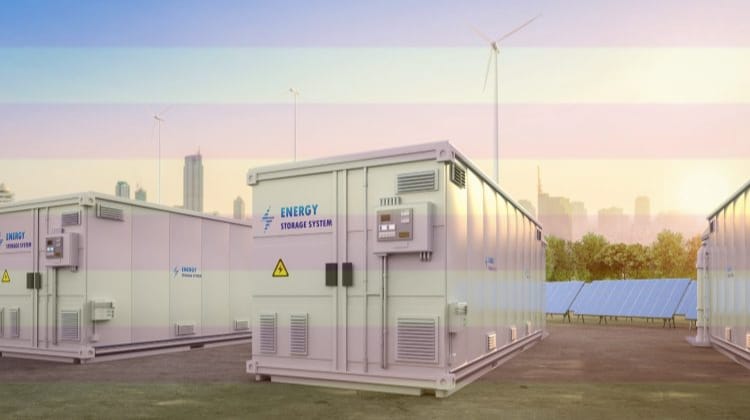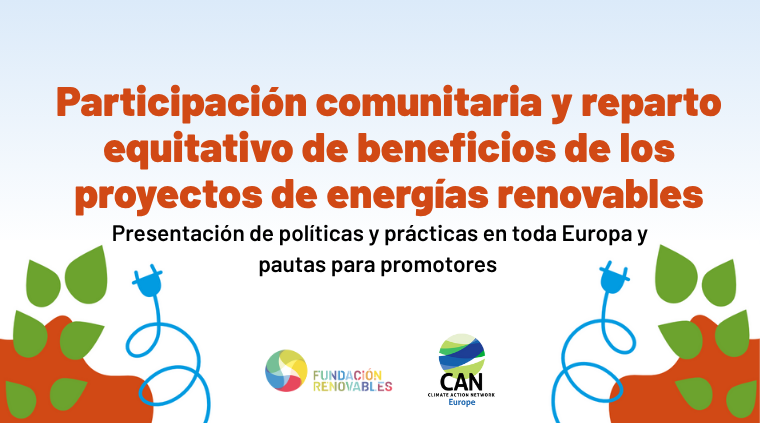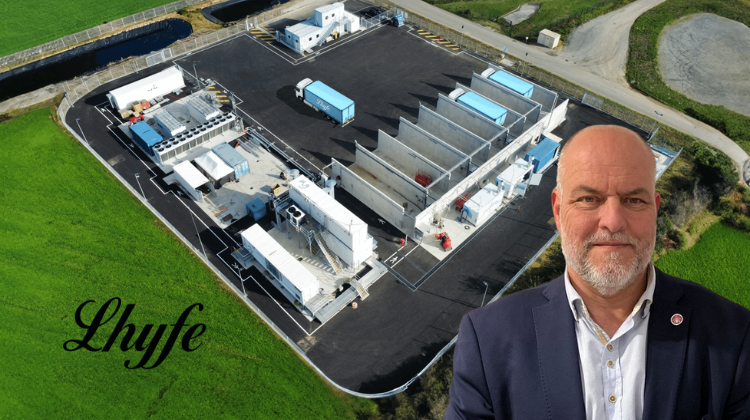
by Milena Giorgi | Jun 5, 2025
El Decreto Ley 4/2025 declara de interés público superior a las baterías y destraba 94 proyectos en tramitación. Se ha calificado como un punto de inflexión para destrabar el desarrollo del almacenamiento energético en el país.

by Energía Estratégica | Jun 5, 2025
La falta de una legislación nacional vinculante sobre la participación comunitaria y la distribución de beneficios en proyectos de energías renovables está generando desafíos en el sector.

by Emilia Lardizabal | Jun 5, 2025
La compañía francesa de hidrógeno renovable acelera su despliegue con mega proyectos en Alemania y Francia, y consolida su presencia en España con una planta de 15 MW y pruebas pioneras en el sector cerámico. Su objetivo: alcanzar los 3 GW de capacidad instalada y avanzar en producción offshore a gran escala.

by Lucia Colaluce | Jun 5, 2025
Aunque Escocia proyecta 45 GW de capacidad eólica marina para 2035, el plan actualizado SMP-OWE aún no responde a los cuellos de botella en transmisión, permisos y cadena de suministro. “Lo que construye confianza no es otro mapa, es un sistema conectado”, manifiesta John MacAskill, Managing Director of Renewables en ABL Group, a Strategic Energy Europe.

by Emilia Lardizabal | Jun 5, 2025
Michelle del Valle, Founder of FinSat Inc. and board member of the GSC, warns that the Net Zero Industry Act requires global efforts across three key areas: supply chain, grid infrastructure, and standardised transparent frameworks to saturate the pan-european market with the cheapest energy source to date: solar. She points out that “tariffs, limited grid infrastructure, data centres, and emerging technologies will shape the solar market in 2025.”

by Lucia Colaluce | Jun 5, 2025
While Scotland projects 45 GW of offshore wind capacity by 2035, the updated SMP-OWE still falls short of addressing key bottlenecks in transmission, permitting, and supply chain development. “What builds confidence isn’t another map – it’s a connected system,” states John MacAskill, Managing Director of Renewables at ABL Group, to Strategic Energy Europe.













